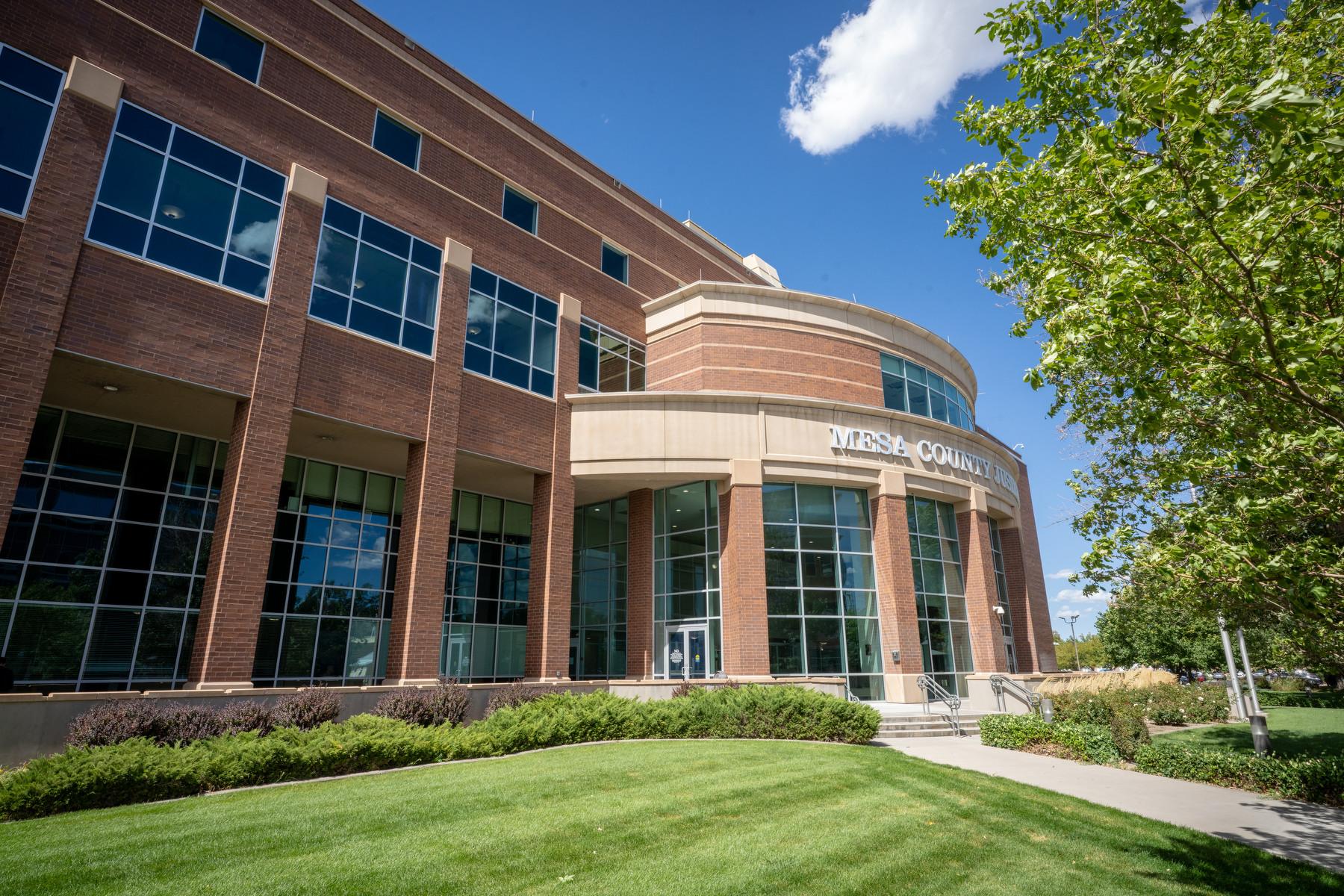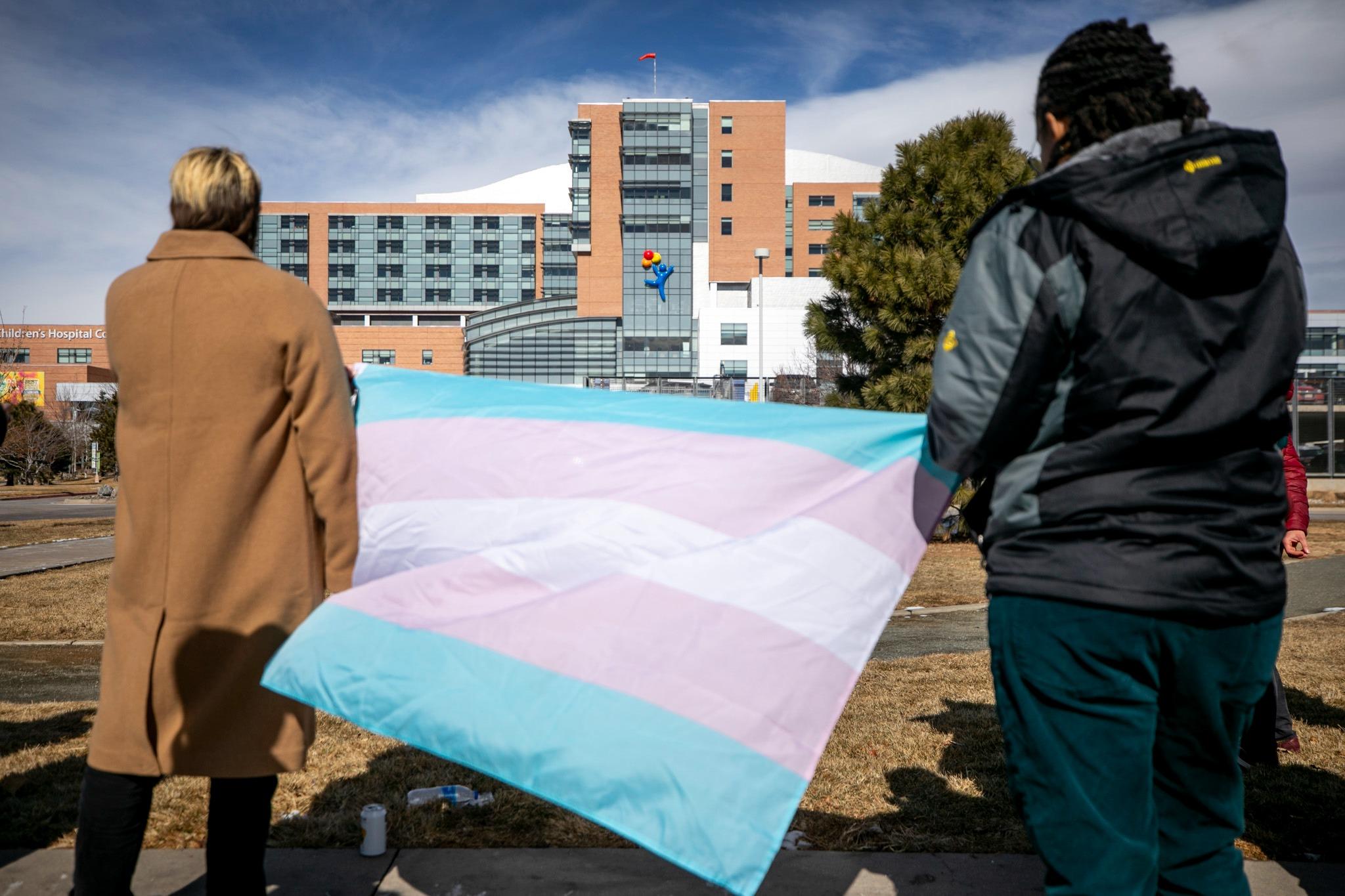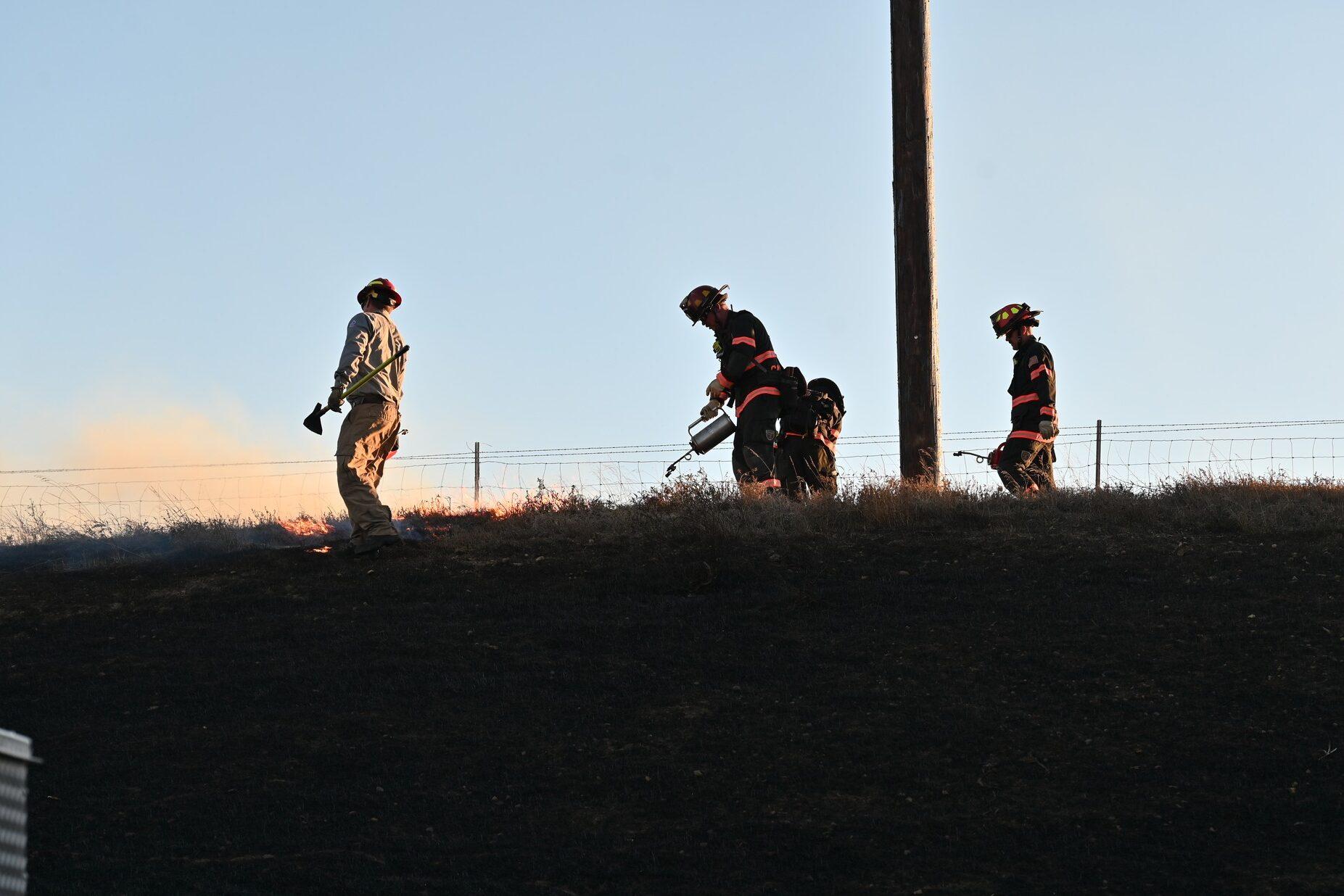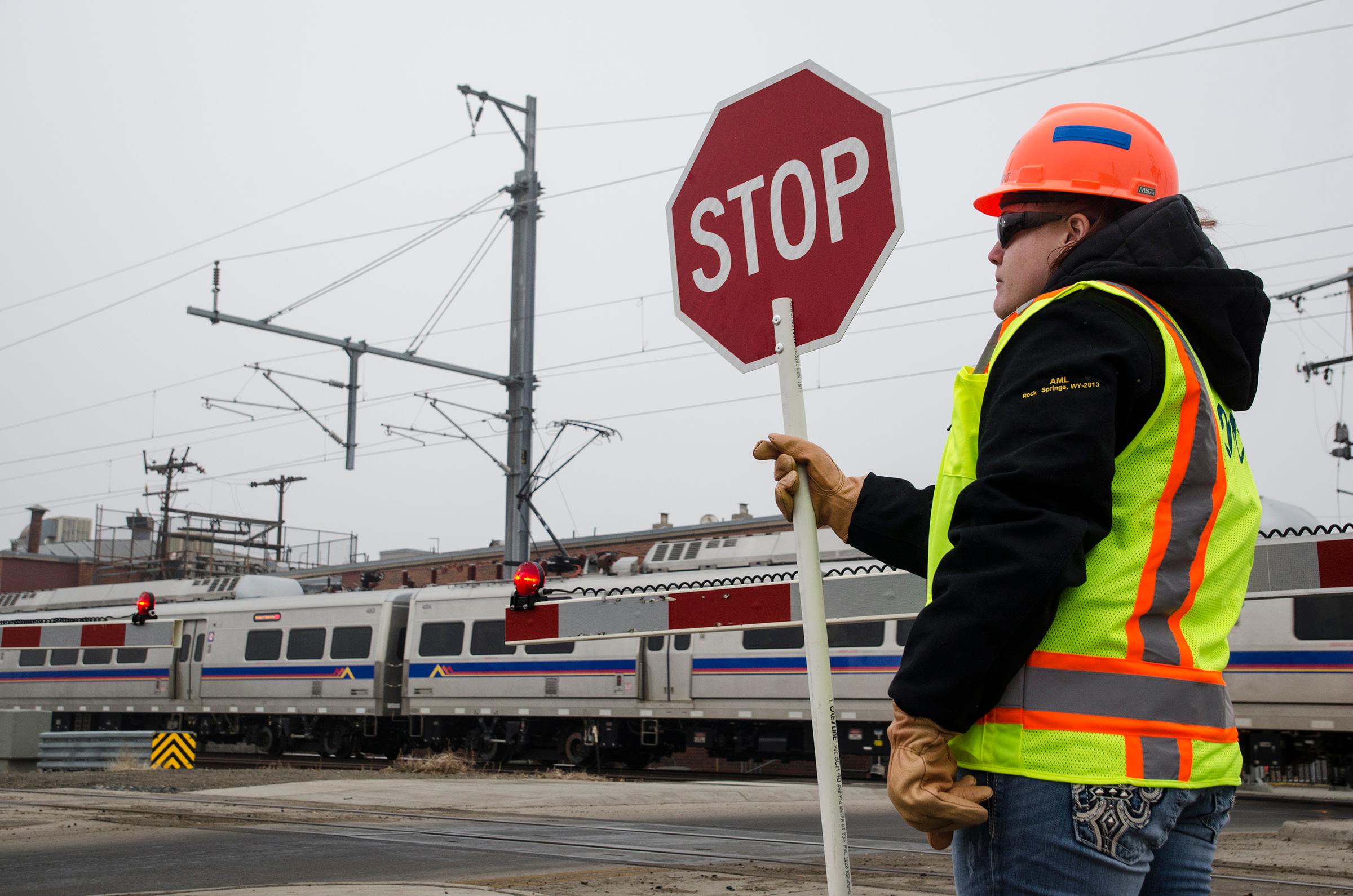
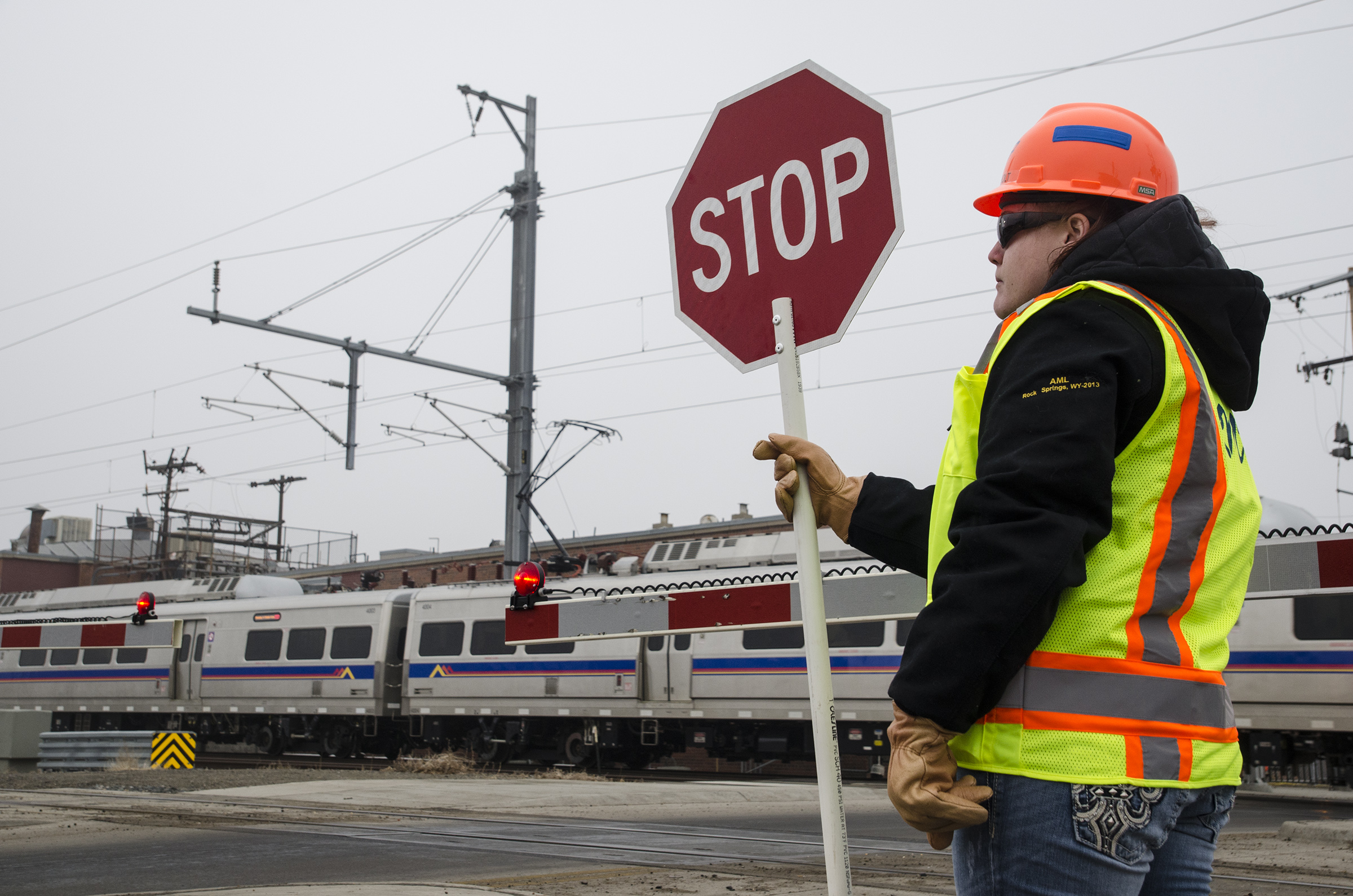
The Federal Railroad Administration on Thursday granted the Regional Transportation District’s request for a five-year waiver that will allow the continued operation of the A and B commuter rail lines.
The two lines, which opened in 2016, have had significant technical issues with crossing arms that come down too early and stay down too late. The FRA and the Colorado Public Utilities Commission only let the lines open after RTD agreed to station flaggers at each at-grade crossing.
RTD officials initially said the issue would be resolved in a matter of weeks. But as the months dragged on with no fix in sight, RTD was required to apply for FRA waivers every 90 days. Now, that won’t be necessary for five years.
The FRA’s railroad safety board determined that “subject to certain conditions, granting further relief to RTD on the A- and B-Lines is in the public interest and consistent with railroad safety.”
RTD still needs to submit a plan to the FRA to remove the crossing attendants, a news release said. There’s no timeline for that yet, RTD says, and the Colorado Public Utilities Commission will need to sign off too.
Earlier this week, the PUC shot down an RTD proposal to remove some of the flaggers and resume full testing of the long-delayed G Line to Arvada. RTD argued that because the crossings came down, albeit too early, they were safe. PUC commissioners disagreed, pointing out that motorists could try to get around the gates if they thought no trains were coming.
Commissioners also told RTD to consider ditching the wireless system used to control gate crossings.
“We may be at a point in time where the proverbial path forward is to look at a different approach,” PUC Chairman Jeffrey P. Ackermann said at its Wednesday meeting.
Until the crossing gate issue is fixed on the A and B lines, the G Line can’t open as it uses the same technology. RTD’s light rail lines use a different system and are not affected.

